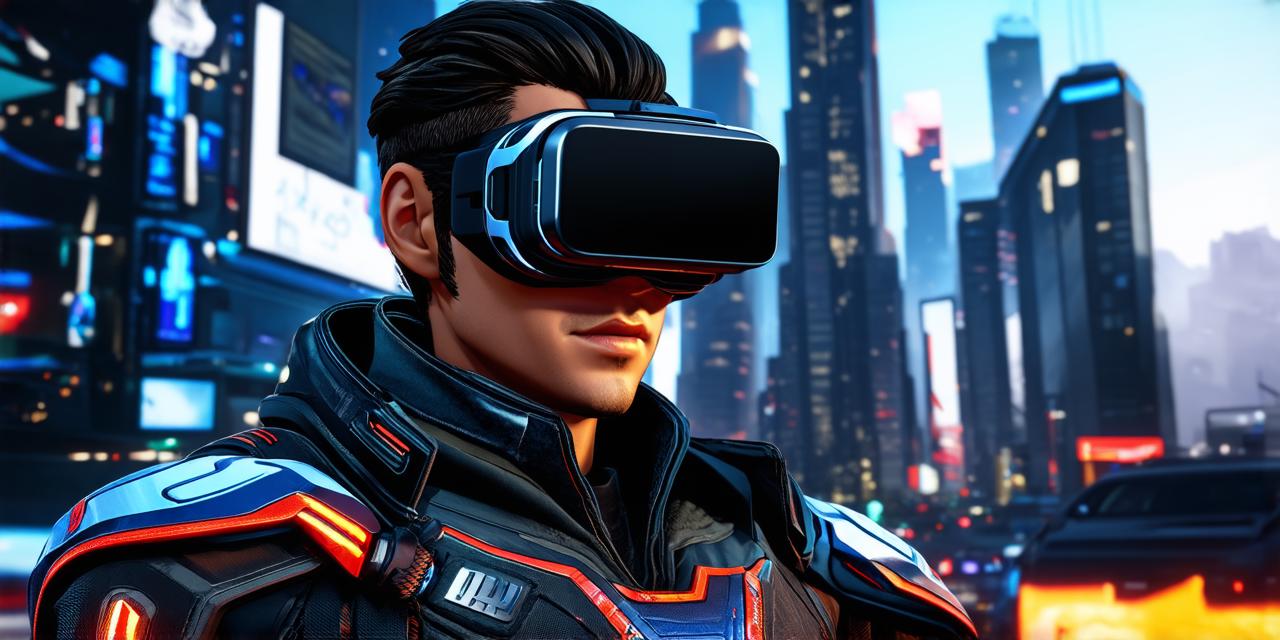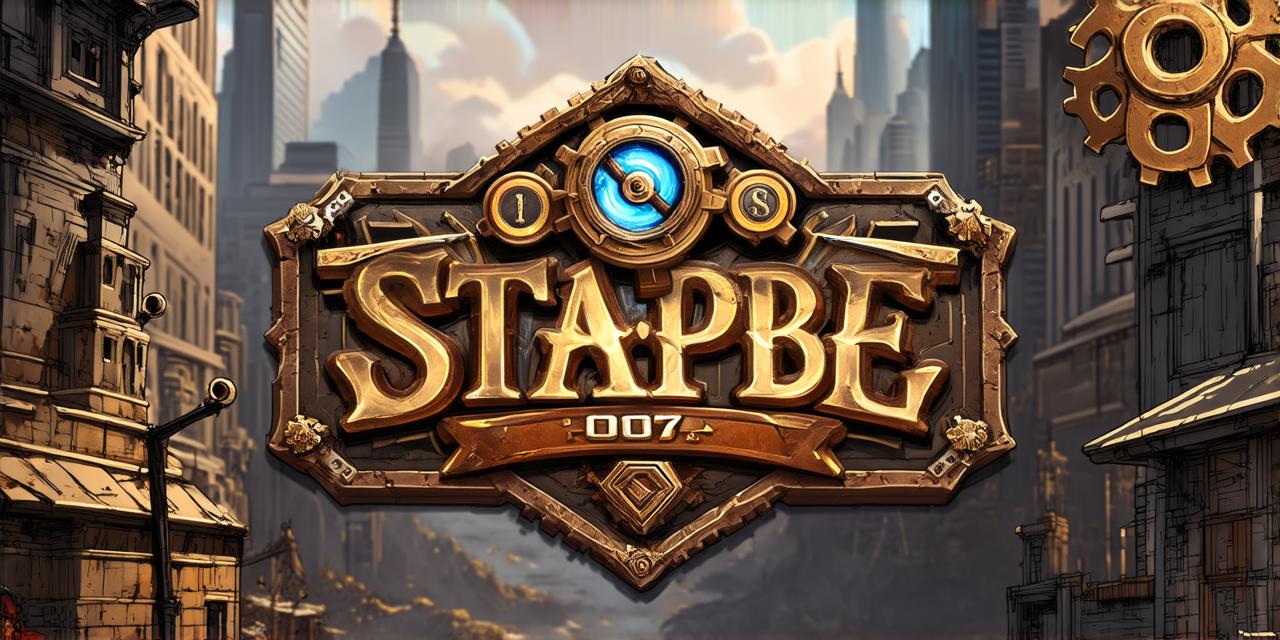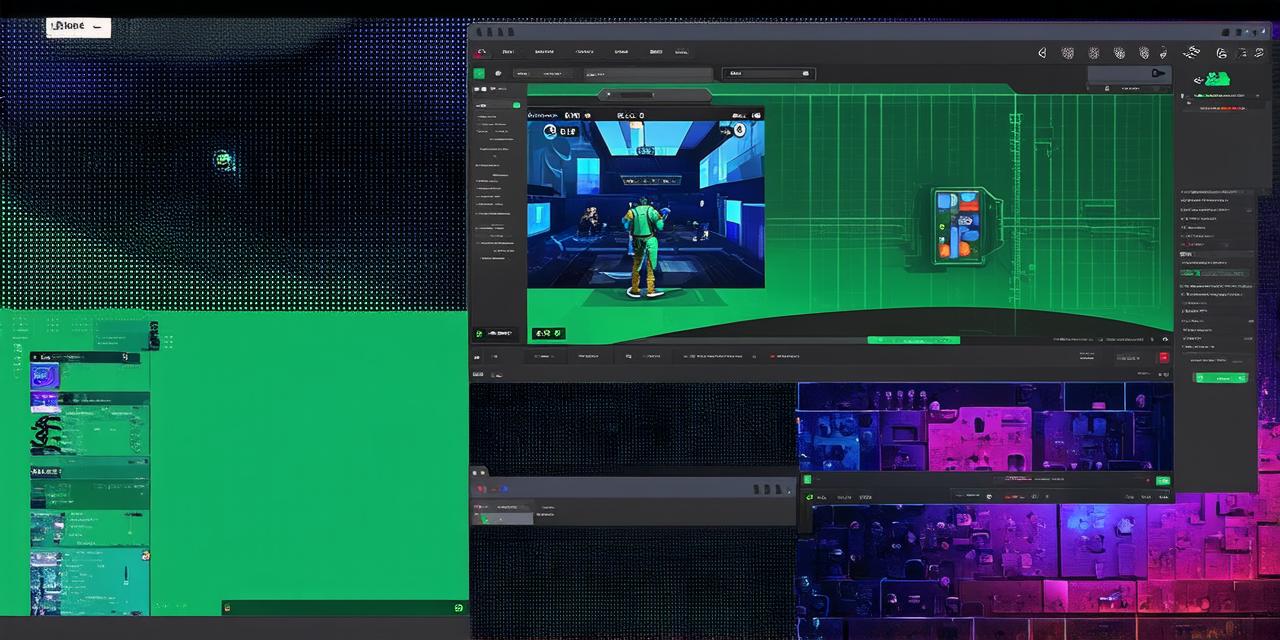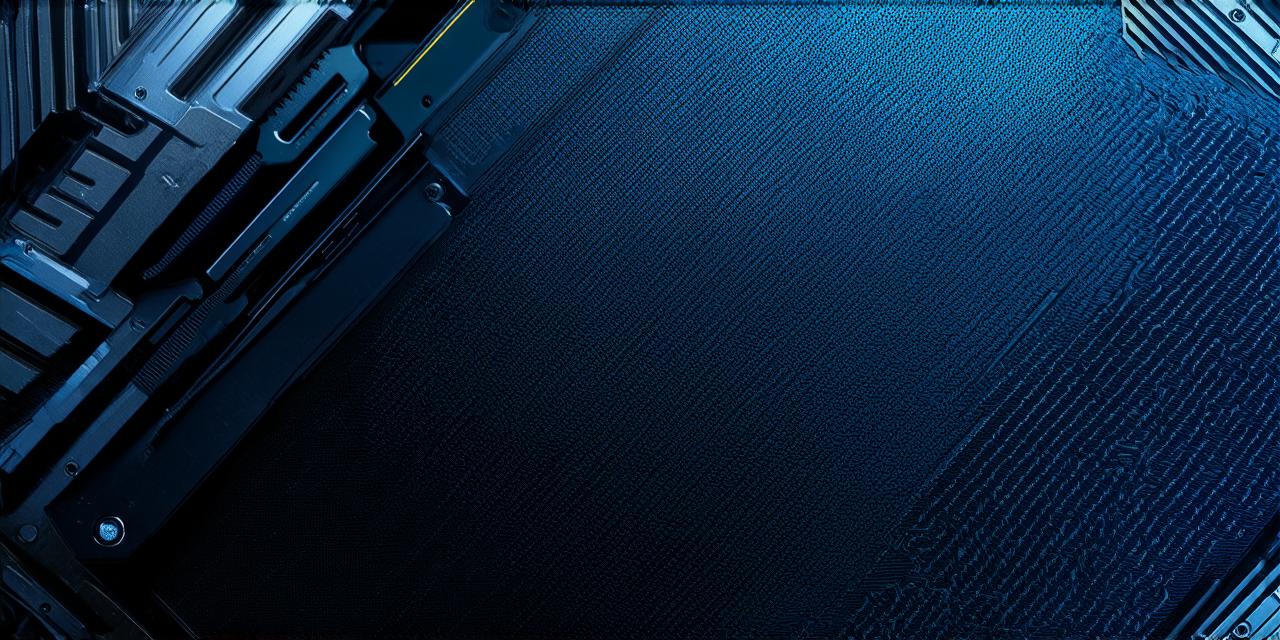Introduction
In recent years, the demand for immersive and engaging video games has increased significantly. As a result, game development companies are constantly looking for innovative ways to create interactive experiences that captivate players for hours on end.
One of the most popular and effective methods for achieving this is 3D game development. This technique involves creating three-dimensional models, environments, and characters that can be interacted with by the player.
Techniques Used in 3D Game Development
-
Modeling: The first step in creating a 3D game is to model the characters, objects, and environments that will be featured in the game. There are several software tools available for modeling, including Blender, Maya, and 3DS Max. Each of these tools has its own strengths and weaknesses, so it’s important to choose the one that best suits your needs.
-
Texturing: Once the models are complete, they need to be textured to give them a realistic appearance. Texturing involves applying images or patterns to the surface of the model to make it look more authentic. There are several techniques for texturing, including UV mapping and PBR (Physically Based Rendering).
-
Lighting: Lighting is an essential aspect of 3D game development, as it sets the mood and atmosphere of the game. Developers can use a variety of lighting techniques, such as point lights, directional lights, and ambient lights, to create the desired effect.
-
Animation: Animating characters and objects in a 3D game involves creating motion sequences that make them move and interact with the environment. There are several software tools available for animation, including Blender and Maya.
-
Rendering: The final step in 3D game development is rendering, which is the process of generating an image or video from the 3D scene. Rendering can be a time-consuming process, depending on the complexity of the scene and the hardware used for rendering.
Best Practices for 3D Game Development
-
Keep it Simple: While 3D game development is a powerful tool, it’s important to keep the game simple and easy to navigate. Complex interfaces and excessive use of buttons can be overwhelming for players and make the game difficult to play.
-
Optimize Performance: 3D games can be resource-intensive, so it’s important to optimize performance to ensure smooth gameplay. This can involve reducing the number of polygons in models, using lower resolution textures, and minimizing the use of special effects.
-
Test and Iterate: Game development is a process that involves testing and iterating on ideas until the final product is satisfactory. It’s important to test your game regularly and make changes as necessary to ensure it’s engaging and fun for players.
-
Collaborate with Others: 3D game development requires a range of skills, including modeling, texturing, animation, and programming. Collaborating with others who have different skill sets can help you create more comprehensive and polished games.
-
Keep up with the Latest Technologies: The field of 3D game development is constantly evolving, so it’s important to stay up-to-date with the latest technologies and software tools. This can involve attending conferences, reading industry publications, and participating in online forums.
Case Studies
Uncharted Series
The Uncharted series is a popular adventure game that uses 3D game development techniques to create immersive environments and characters. The game’s developers used a combination of modeling, texturing, lighting, and animation to create the game’s realistic appearance and engaging gameplay.
Minecraft
Minecraft is a block-building game that has become incredibly popular since its release in 2009.





